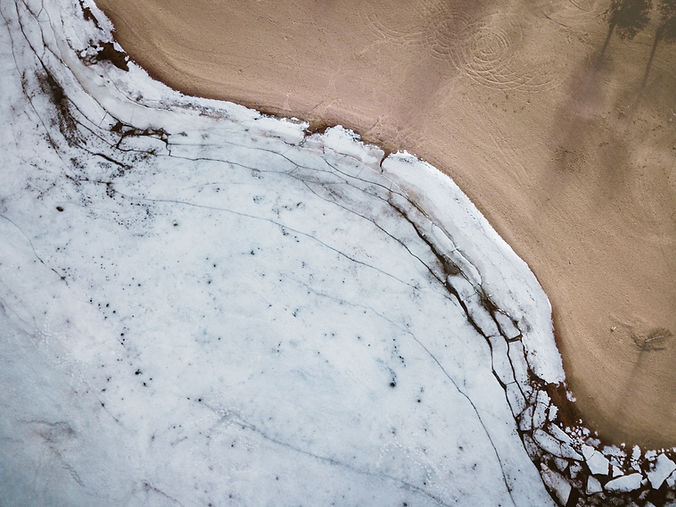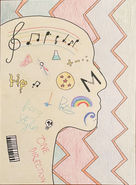
CLIL
In this section you will find activities that will be explained and done in class in English.
The aim is that of enhancing the use of the English language in practical labs in which you are invited to suspend the use of your mother tongue and to use the English language in all the steps of the work.
It is of primary importance that you do your best to use the English language even while chatting with your friends during the activity.
Get to know me silhouette
The goal of this activity is to create a self-portrait using sentences, words, and images that all together can describe oneself, obviously in a positive way.
MATERIALS
- drawing paper
- paper sheets to take notes
INSTRUMENTS
- a hard pencil
- color pencils, felt pens or any kind of instrument you like
Drawing after Michel Craig - Martin
CLIL activity inspired by Miriam Paternoster's blog ArteaScuola
Michel Craig-Martin is a contemporary artist born in Dublin, Ireland in 1941, who spent most of his childhood in Washington D.C. Since 1966, he lives and works in London.
He is a conceptual artist and works with different media.
Here we particularly look at his paintings of ordinary objects, by means of which he wants people to look at these thinks from a different perspective. In the video he speaks about the 'shock of the familiar'- objects that are part of our ordinary life transformed into artistic subjects may lead us to consider them differently.








